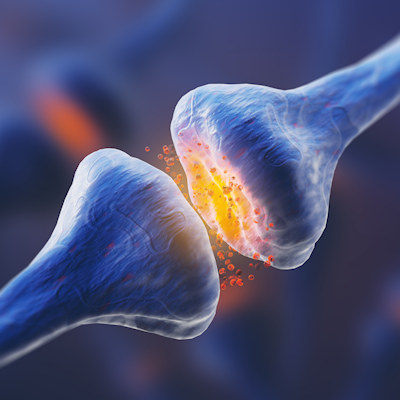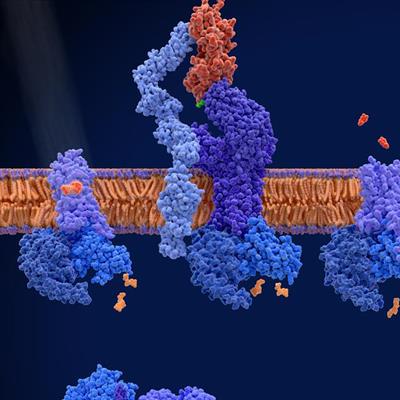September 6, 2022 -- There’s a new kind of synapse in the primary cilia of neurons, according to researchers at Howard Hughes Medical Institute’s (HHMI) Janelia Research Campus in Ashburn, VA.
Primary cilia contain special junctions that act as a shortcut for sending signals quickly and directly to the cell's nucleus, which induces changes to the cell's chromatin. Published in Cell on September 1, the scientists observed the cilia with a focused ion beam-scanning electron microscope and the subsequent synapse, which changes what is transcribed or made in the nucleus with potentially long-term effects.
The team created biosensors and chemical tools to study the function of this newly discovered structure, for instance with fluorescence lifetime imaging. They were able to show step by step how the neurotransmitter serotonin is released from the axon onto receptors on the cilia. This triggers a signaling cascade that opens the chromatin structure and allows changes to genomic material in the cell's nucleus.
The discovery could help scientists better understand how long-term changes in cells are communicated and how these changes can occur faster and in a more selective way. It could also help create drugs that better target serotonin transporters, the researchers added.
Copyright © 2022 scienceboard.net








